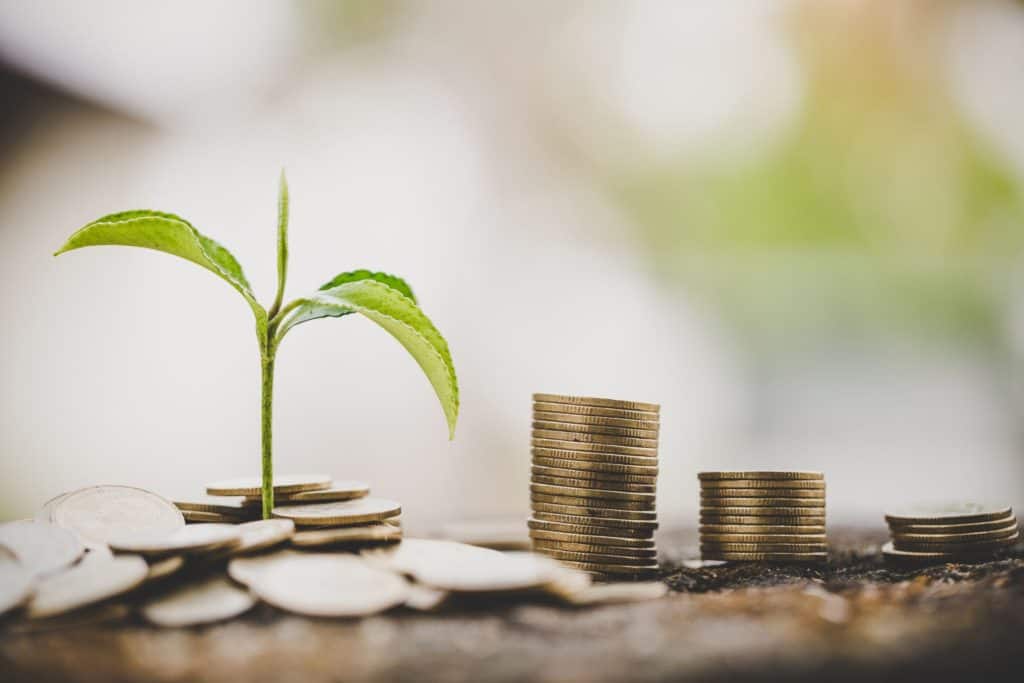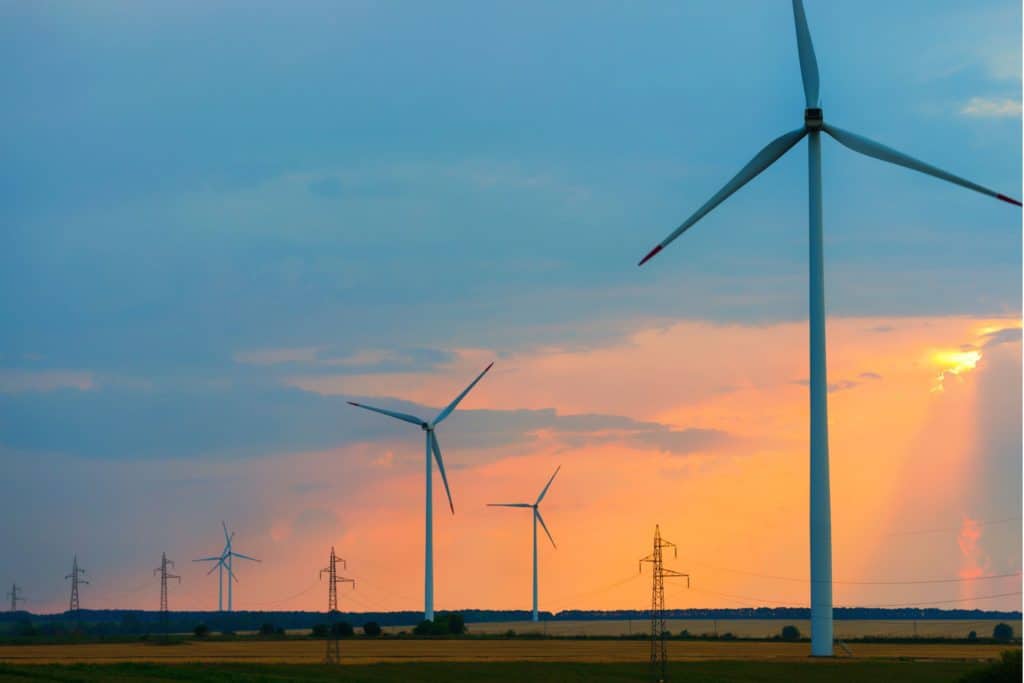Green Banking - Essential Characteristics To Look Out For

This post was last updated in 2023
In the blog post, What is Green Banking and What to Look Out For the term “green banking” was defined as “banks that have a strong focus on the environmental impact of their operations”.
- What are the characteristics of green banking?
- What are the components of green banking?
- What are some other examples of green banking?
- What is a net zero bank?
What are the characteristics of green banking?
- They conduct themselves in a way that reduces emissions, minimises waste and improves efficiency in the use of natural resources
- They offer products and services that minimise waste and/or have a low carbon footprint
- They divest away from activities that contribute towards climate change or negatively impact our natural resources
- They invest in activities that mitigate climate change and encourage efficient use of our natural resources

What are the components of green banking?
- Green banking through internal operations – this refers to banks adopting green banking activities in their day-to-day operations and
- Green finance – this refers to banks providing financial assistance to environmentally responsible projects and not investing in projects that lead to the degradation of our environment.
- Employee-related practices
- Daily operational practices
- Customer-related practices
- Policy-related practices

What are some other examples of green banking?
- Adopting a zero emissions target for their business operations
- Committing to sourcing energy from 100% renewable sources
- Improving recycling and reuse practices within their offices
- Adopt energy-saving practices in all their offices
- Lending to retail customers only – no large corporations
- Ensuring risk models adequately take into account environmental risk when assessing investment options
- Having a framework to support environmentally friendly banking practices
- Regularly reporting on their environmental impact
- Loans to micro-, small-, medium- and large-sized enterprises for them to invest in green projects such as renewable energy, energy efficiency, forestry and climate-smart agriculture
- Loans to individual clients for them to install small-scale renewable power and more energy efficient and climate-smart equipment, appliances, houses and vehicles and purchase climate-resilient seeds
- Long-term, usually non-recourse and syndicated loans to finance large-scale renewable energy projects and climate-resilient infrastructure projects

- Charge lower insurance premiums for eco-friendly actions such as using electric/hybrid vehicles and recycled parts when repairing a damaged vehicle
- Use green bonds including asset-backed securities (ABS) and mortgage-backed securities (MBS) to finance green projects and refinance existing green assets
- Invest in start-ups and venture firms developing green and climate-smart technologies
- Invest in a fund dedicated to financing green projects
- Buy and sell green bonds and carbon credits on a client’s behalf to facilitate and promote green investments
- Buy and sell green bonds and carbon credits using a bank’s accounts to help facilitate the market
- Offer advisory services with fees or on a pro-bono basis for the financial structuring of a project
- Provide capacity-building support and consulting services to borrowers or developers to better access a bank’s products
What is a net zero bank?
- Transition the operational and attributable GHG emissions from their lending and investment portfolios to align with pathways to net-zero by 2050 or sooner.
- Within 18 months of joining, set 2030 targets (or sooner) and a 2050 target, with intermediary targets to be set every 5 years from 2030 onwards.
- Banks’ first 2030 targets will focus on priority sectors where the bank can have the most significant impact, ie. the most GHG-intensive sectors within their portfolios, with further sector targets to be set within 36 months.
- Annually publish absolute emissions and emissions intensity in line with best practice and within a year of setting targets, disclose progress against a board-level reviewed transition strategy setting out proposed actions and climate-related sectoral policies.
- Take a robust approach to the role of offsets in transition plans.
- a common standard/interpretation of what it means to be aligned to a 1.5 degrees trajectory,
- accountability in demonstrating the fulfilment of the commitment,
- action in promoting banks to join the Alliance.
- capacity building within member banks by showcasing potential approaches for how to implement the commitment
- peer learning and sharing experiences to accelerate progress,
- resources, methodologies and leading practices around areas such as data.
- identification of gaps and working with others to overcome them. This may include, but is not limited to international organisations, peers, customers, investors, governments and other alliances,
- a voice for banks to communicate on the topic of transitioning to Net Zero by 2050 in line with a 1.5°C outcome.

- https://www.foei.org/wp-content/uploads/2021/11/Net-Zero-COP26.pdf
- https://www.carbonbrief.org/guest-post-the-problem-with-net-zero-emissions-targets/
- https://theconversation.com/climate-scientists-concept-of-net-zero-is-a-dangerous-trap-157368
- https://www.nrdc.org/stories/promise-and-pitfalls-net-zero-pledges
Beyond projects already committed as of 2021, there are no new oil and gas fields approved for development in our pathway, and no new coal mines or mine extensions are required. The unwavering policy focus on climate change in the net zero pathway results in a sharp decline in fossil fuel demand, meaning that the focus for oil and gas producers switches entirely to output – and emissions reductions – from the operation of existing assets.
After more information? You may be interested in....
7 of the Best Australian Banks – For You and the Environment – there are 7 banks worth looking into if you care about the environment and key information on these is outlined here
How to Go Green in Banking and Choose the Best Bank For You – for a step-by-step process to help you choose the best green bank for you
What is Green Banking and What to Look Out For – for a definition of green, sustainable, ethical and eco-friendly banking, giving you clues into what to look out for
Why Green Banking Matters: Creating a Sustainable Future – if you are wondering if it is worth looking into green banking, you will find some honest answers here
Green Banking Products – Align Your Money with Your Values – for a summary of all the different green branking products out there, with links to banks that offer these
Which Banks Do – and Don’t – Invest in Fossil Fuels – for a summary of which Australian banks do and don’t invest in fossil fuels and those that do invest in renewable energy
Greenwashing? The Big Four Banks and Climate Change – for information on CBA, NAB, Westpac and ANZ outlining their current position and past actions relating to climate change
Green Banks in Australia – Options Worth Considering – for information on the big four banks in Australia, four green banks in Australia and further details on Teachers Mutual
Going Green – Environmentally Friendly Banks in Australia – for further information on Bank Australia as well as CBA and Westpac, looking at their environmental policies




